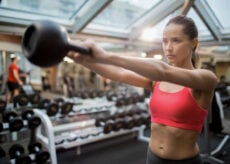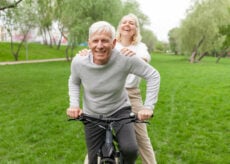7 Balance Exercises You Need to Do After 50
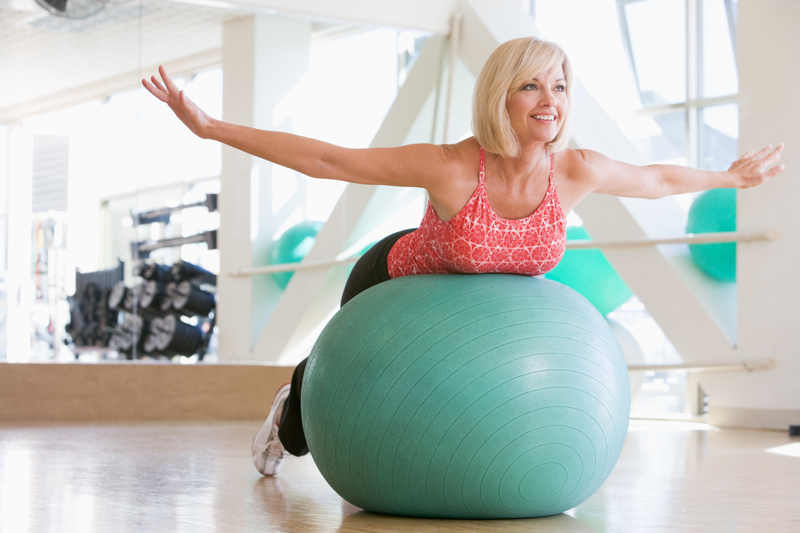
Why are balance exercises so important, especially as you get older? You may think of exercise as only resistance training and cardio, but balance, which is comprised of posture, mobility, flexibility, and strength, is an equally important facet of a well-rounded fitness program.
What Is Balance?
The term “balance” refers to your ability to maintain your equilibrium while standing and during movement, as well as sustain good posture. Balance comes into play with most of your movements, including sitting to standing, walking, stepping up, twisting, bending, and more.
Balance is also your ability to distribute your weight evenly, allowing you to stay upright, both while moving through space and when still. Balance can be both static and dynamic:
- Dynamic balance: Moving outside your center of mass while maintaining posture control.
- Static balance: Moving your center of mass within the body’s base of support while maintaining your equilibrium.
Balance is not something you should take for granted. It can diminish over time as your body becomes less pliable and you lose strength. So, working on your balance is a must.
How do you work on it? Do balance exercises several times a week, and be sure to include plenty of moves that focus on improving your flexibility and mobility. These will help you maintain better posture, which is a vital component of balance.
Why Is Balance Important?
Good balance helps you with every movement in life. Without a center of balance, you can’t even walk straight or stay upright. Doing balance exercises throughout your life can help you remain independent and injury- free. In fact, balance is so important, especially as you get older, that a lack of balance is a leading cause of injury and death in the aging population.
The Centers for Disease Control and Prevention (CDC) state that one in four older adults will suffer a fall. This is in large part due to weakness and poor balance issues. Falls can be catastrophic for some as they can cause broken bones and brain injuries. These conditions can worsen with time, leaving people in pain, scared of falling again, and unable to function on their own. Strengthening your body and improving your balance can go a long way toward helping you avoid falls as you get older.
The Importance of Posture, Flexibility, Mobility, and Strength in Relation to Balance
Your ability to balance is directly related to how mobile and flexible you are, as well as how strong your muscles are. Just think, if some area of your body is inflexible, it can cause your body to make accommodations. This might manifest in slouching, uneven gait, over or under use of certain muscles, and more.
There’s a good chance your balance is off right now due to a lack of flexibility and/or weakness. A weak body can suffer the same consequences as an inflexible body since your frame won’t be able to maintain the positions it needs to maintain to balance properly.
Staying strong is part of the answer. As we get older, we start to naturally lose muscle mass, and that can translate to weakness and a poor sense of balance. You have to actively participate in some kind of resistance training on a regular basis, as well as get in the requisite calories and protein needed to build and sustain muscle if you want to keep your balance strong.
How Do You Know If You Have Balance Issues?
How do you know if your balance is off? If you don’t already know from simply walking and standing, there are tests that can help you figure out if balance is a problem for you. Some of these tests include:
- Get-Up and Go—this test measures how well and how quickly you can get out of a chair, walk about 10 feet, and return to the chair.
- Berg Balance Scale—consists of 14 balance- assessing activities, including sit to stand, standing with your eyes closed, standing on one foot, turning in a circle, and others.
- Functional Reach Test—this assesses your ability to reach and measures your stability while doing so.
- Performance Oriented Mobility Test—this balance test revolves around balance and gait and is a predictor of future likelihood of falls.
You Need to Do These Balance Exercises
Whether you’re 30, 50, or 70+, building a regular balance routine with these exercises should be part of your workout program. Try adding some or all of these exercises to your plan, three or more times a week.
Knee Grabs—start by standing with your feet together. Lift your right knee up toward your chest and grab it in a bear hug. Release your leg and slowly lower it back to the start. Repeat on the opposite side and keep alternating knee grabs until you’ve done ten on each side.
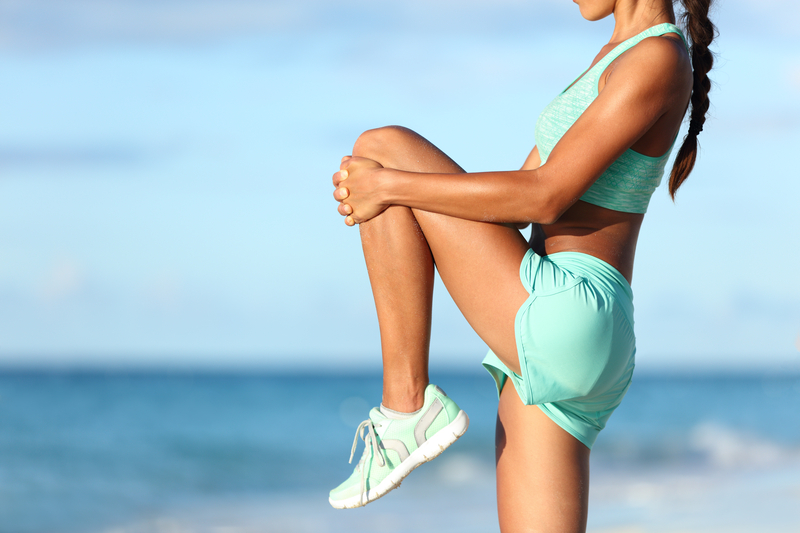
Heel- to- Toe Walks—start by standing with your feet together. Next, place your right foot directly in front of your left foot so the heel of your right foot touches the toe of your left foot. Then, take your left foot and place the heel directly against the toes of your right foot. Continue “walking” in this manner until you’ve completed 20 steps.
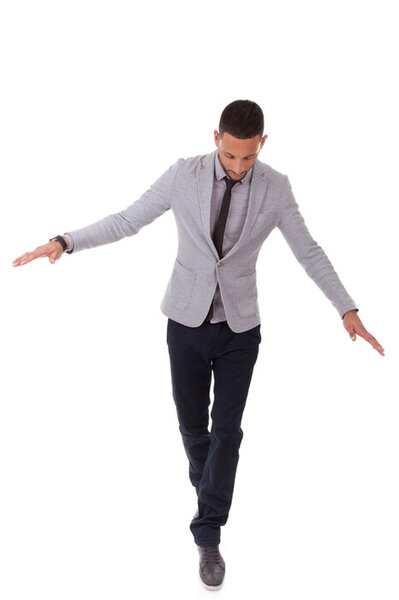
Grapevine Walk—once you’ve mastered the Heel- to- Toe Walk, it’s time to step up to the Grapevine Walk. You’ll start in the same manner: lifting your right foot and placing it in front of your left foot, but now, go beyond the front of your left foot to put your right foot just outside your left foot (you’ll have to bend your knees a bit for this). Continue walking in this manner for 20 steps.
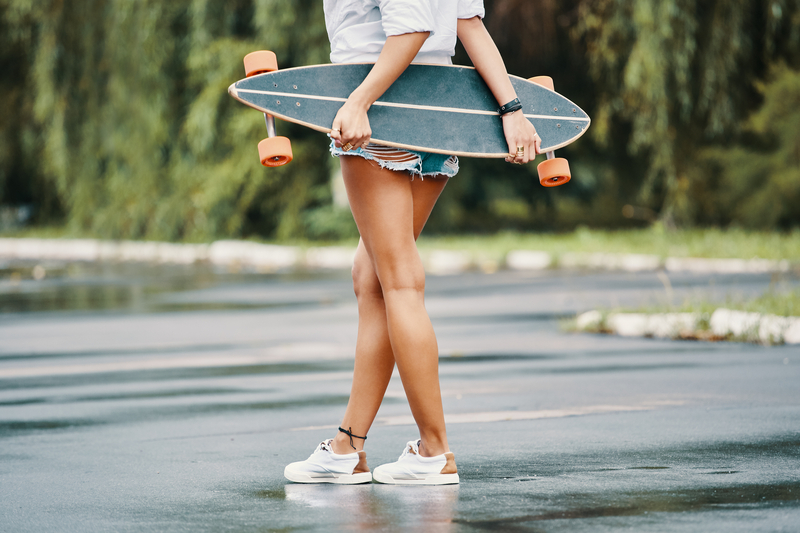
Single Leg Circles—start by standing with your feet together, hands on hips. Lift your right knee up and then “circle” your leg out to your side before bringing it back down to the ground. Repeat on the opposite side.
More Advanced Balance Exercises:
Tree Pose—start by standing with your feet together and your arms straight up above you, hands touching. Move your weight to your right foot and bend your left knee, bringing it out to the side as you slide your foot up to either your inner calf or thigh. (Avoid placing the foot against the knee.). While facing forward, hips straight, press your foot into your inner leg to maintain balance for a count of 10. Slide your foot back down your leg and bring it back to the front. Repeat on the opposite side.
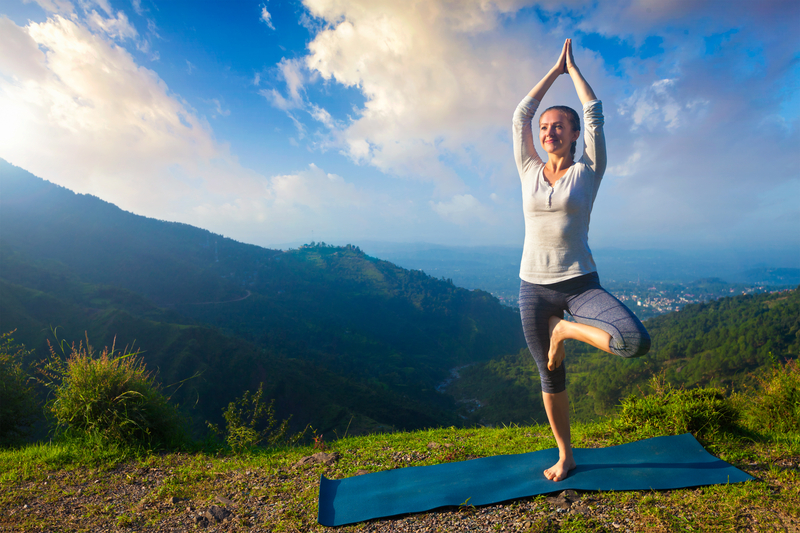
Single Leg Deadlifts—start with a light dumbbell in each hand (or you can do these without weights as well). Place your feet together and focus your weight on your right leg. Slowly bend forward at the hips while lifting your left leg up and behind you. Allow your straight arms to hang toward the floor, and once your torso and left leg are parallel with the floor, pause and balance in this position for a count of three. Next, move your torso up and your left leg back down to the starting position. Repeat on the opposite side.
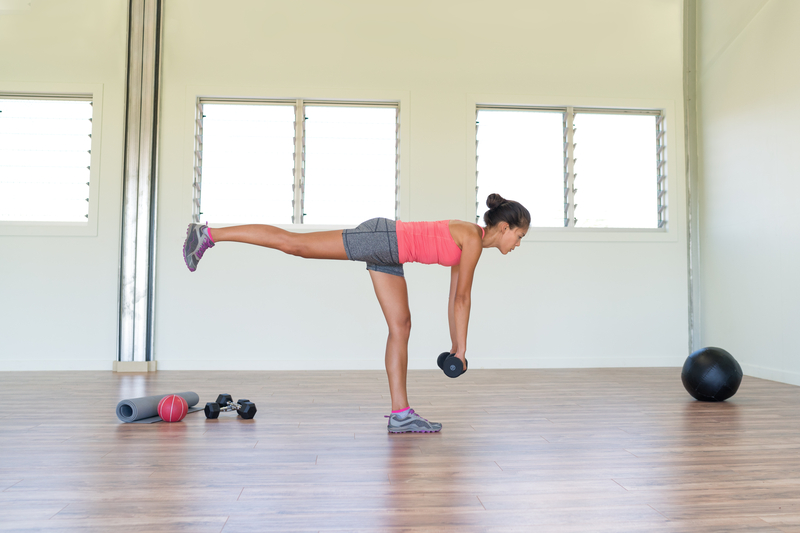
Try Tai Chi—yes, you read that right. Tai Chi is a great way to improve your balance because it targets muscle control and stability and works to increase balance and flexibility through a variety of gentle flowing movements. The Journal of the American Geriatrics Society says that older adults who engage in Tai Chi for at least a year can reduce their likelihood of falls by up to 50%.
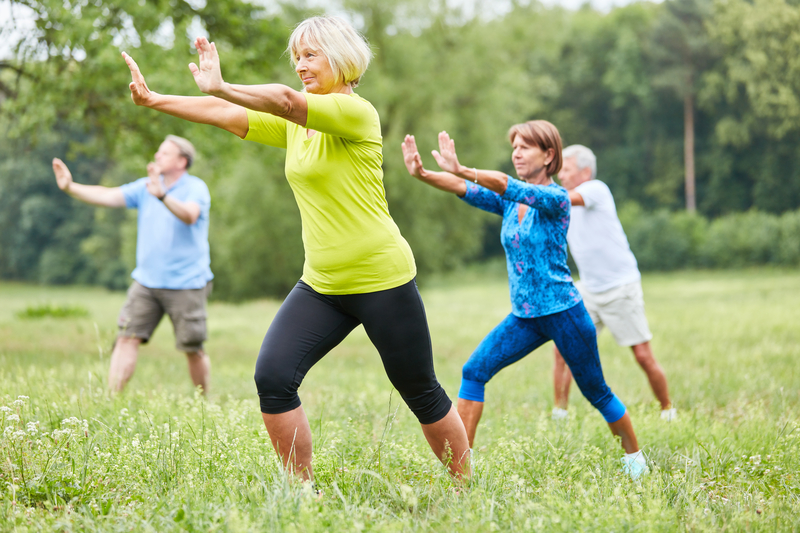
Adding balance exercises to your routine three or more times a week will help you improve not only your balance, but your posture, strength, flexibility, mobility, and autonomy as well.




 7 Signs Your Body is Seriously Low on Collagen (not just wrinkles)
7 Signs Your Body is Seriously Low on Collagen (not just wrinkles) Health Expert: "Turmeric Doesn't Work (unless...)"
Health Expert: "Turmeric Doesn't Work (unless...)" 3 Warning Signs Your Probiotic Supplement is a Total Waste
3 Warning Signs Your Probiotic Supplement is a Total Waste
